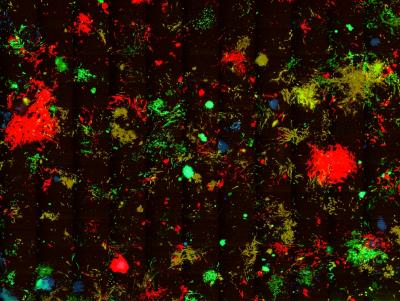Cell reprogramming decoded
June 30, 2010
Scientists at Tel Aviv University in collaboration with researchers at Harvard University have succeeded in tracking the progression of cell reprogramming (the process of coaxing adult cells to revert to an embryonic stem cell-like state, allowing scientists to later re-differentiate these cells into specific types with the potential to treat medical disorders).
They used flourescent markers to develop their live imaging approach. During the reprogramming process, the team was able to visually track whole lineages of a cell population from their single-cell point of origin.
Cell lineage proved to be crucial for predicting how the cells would behave and whether or not they could be reprogrammed successfully, says Dr. Iftach Nachman of TAU’s Department of Biochemistry. “By combining quantitative analysis of the data, we were able to see that these ‘decisions’ are made very early on. We analyzed the cells over time, and we were able to detect subtle changes that occur as early as the first or second day in a long, two-week process.”
While embryonic stem cells culled from live embryos can be manipulated to become new “replacement” tissues such as nerve or heart cells, these reprogrammed stem cells from adults represent a safer and ethically more responsible approach, some scientists believe.
The next step for Dr. Nachman and his team is research into specific cell-type characteristics before adult cells even enter the reprogramming process. They will try to discover the molecular markers that differentiate between cells that successfully reprogram and those that do not. Several projects in their lab are now attempting to track different cell types and how they change under live imaging.
More info: American Friends of Tel Aviv University news
